
B C Punmia

Showing all 19 books

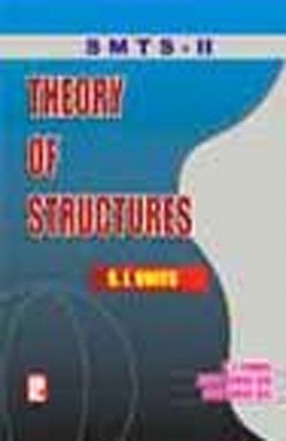
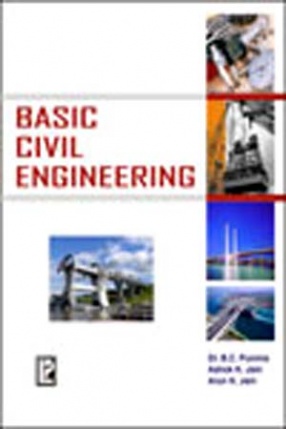


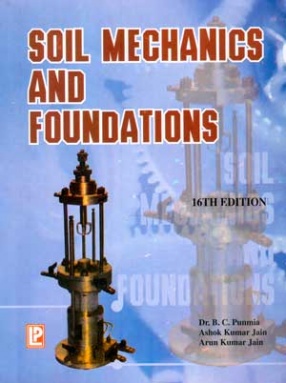
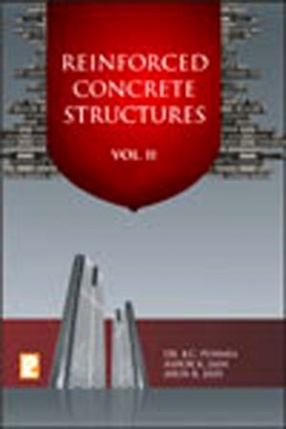

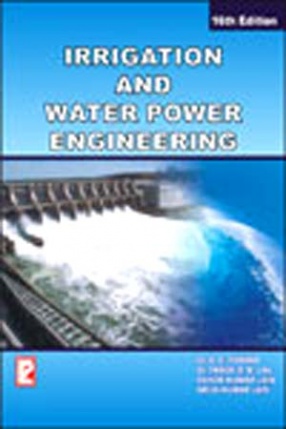
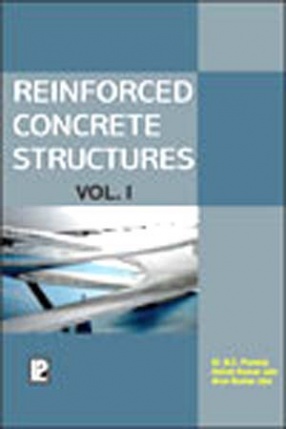
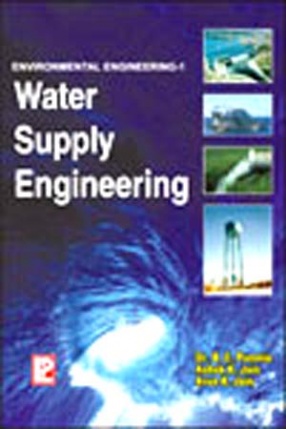
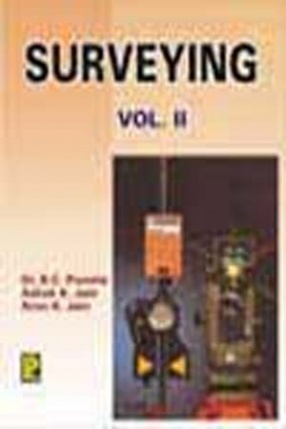
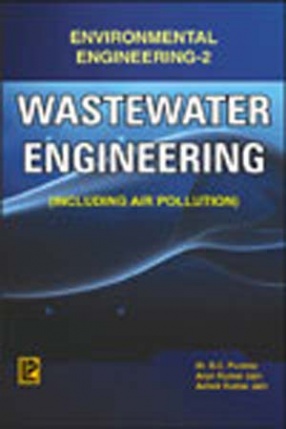
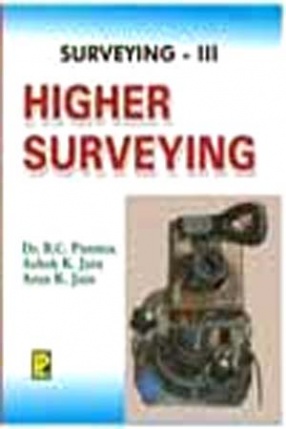

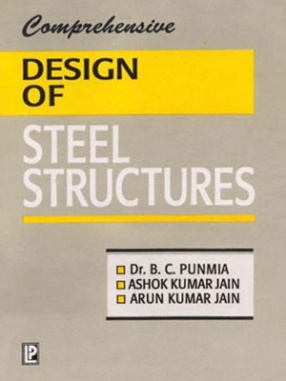
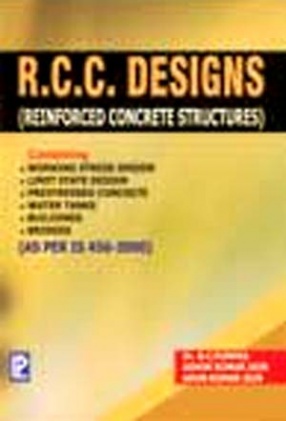
Reinforced concrete occupies a leading position in modern construction. Proper reinforced concrete construction depends upon thorough understanding of the action of the structure and upon the knowledge of characteristics and limitations of those materials that are used in its construction. The Tenth Edition of the book, containing Forty Eight Chapters incorporates the following :(1) Working Stress Design(2) Limit State Design(3) Prestressed Concrete(4) Water ...
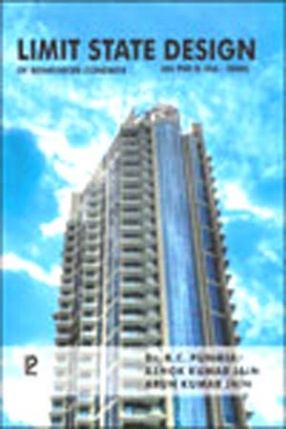
Reinforced concrete occupies a leading position in modern construction of buildings, bridges, water tanks, aqueducts, bunkers, silos and other similar structures. This treatise contains upto-date information on design, analysis and construction of engineered concrete structures, based on Limit State Design philosophy. Its intention is to provide engineers, architects and students of Civil Engineering and Architecture with authoritative theoretical and practical ...
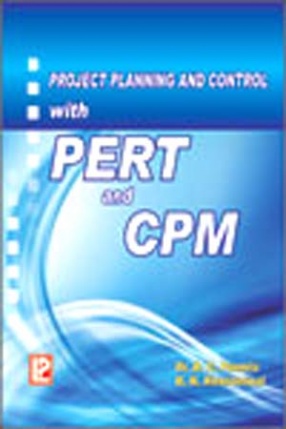
Contents:Chapter 1.Project Management, Chapter 2.Bar Charts and Milestone Charts, Chapter 3.Elements of Network, Chapter 4.Development of Network, Chapter 5.PERT: Time Estimates, Chapter 6.PERT : Time Computations, Chapter 7.PERT : Network Analysis, Chapter 8.CPM : Network Analysis, Chapter 9.CPM : Cost Model, Chapter 10.CPM : Updating, Chapter 11.Resources Allocation.
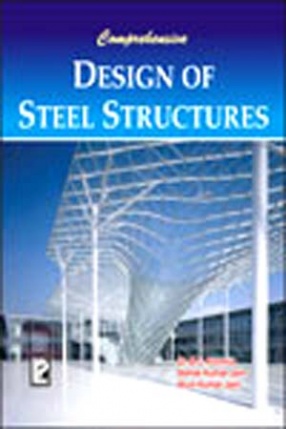
Contents:1.Introduction, 2.Loads and Stesses, 3.Steelwork Connections: I Riveted Connections, 4.Steelwork Connections: II Bolted & Pinned Connections, 5.Steelwork Connections: III Welded Connections, 6.Design of Tension Members, 7.Design of Compression Members, 8.Design of Flexural Members: Beams, 9.Gantry Girders, 10.Beam Columns, 11.Design of Column Bases and Footings, 12.Riveted Beam Connections, 13.Welded Beam Connections, 14.Design of Plate Girders, ...

This book, first published in July 1965, and entering into its Twelfth Edition, is one of the three volumes on Mechanics of Materials and Structures. The book, divided into three sectins, contains Twenty Three Chapters. Each topic introduced is thoroughly described, the theory is rigorously developed and a large number of numerical examples are included to illustrate its application. General statements of important principles and methods are almost invariably ...

Content:UNIT I:Chapter 1.Stones, Chapter 2.Bricks, Chapter 3.Timber, Chapter 4.Glass, UNIT II: Chapter 5.Cement, Chapter 6.Cement Mortar, Chapter 7.Cement Concrete, Chapter 8.RCC, PSC and Ferro-Cement, Chapter 9.Steel, UNIT III: Chapter 10.Fundamentals of Surveying, Chapter 11.Chain Survey, Chapter 12.Compass Survey, Chapter 13.Plane Table Surveying, UNIT IV: Chapter 14.Levelling, Chapter 15.Contouring, UNIT V: Chapter 16.Building Plans, Chapter 17.Foundations, ...

Contents:Chapter 1.Mechanical Properties of Materials, Chapter 2.Simple Stresses and Strains, Chapter 3.Elastic Constants, Chapter 4.Analysis of Stress : Principal Stresses, Chapter 5.Analysis of Strain : Principal Strains, Chapter 6.Strain, Energy, Resilience and Impact Loading, Chapter 7.Theories of Elastic Failure, Chapter 8.Centroids and Moments of Inertia of Plane Areas, Chapter 9.Shear Force and Bending Moment, Chapter 10.Bending Stresses in Beams, Chapter ...

This volume is one of the two which offer a comprehensive course in those parts of theory and practice of Plane and Geodetic surveying that are most commonly used by Civil Engineers. The first volume covers in 24 chapters, the most common surveying operations. Each topic introduced is thoroughly described, the theory is rigorously developed, and a large number of numerical examples are included to illustrate its application. General statements of important ...

In the Sixteenth Edition, the subject matter has been thoroughly revised and updated, and rearranged. In each chapter, many new articles have been added. All the diagrams have been redrawn using computer graphics and the book has been computer type-set in a bigger format, keeping in pace with the modern trend. At the end of each chapter, problems appearing at various central competitive examinations (such as Civil Services, Engineering Services and Gate) have ...

Contents:
Chapter 1.Beams Curved in Plan, Chapter 2.Domes, Chapter 3.Circular and Intze Tanks, Chapter 4.Rectangular Tanks, Chapter 5. Underground Tanks: PART II PIPES, SILOS & CHIMNEYS, Chapter 6. Reinforced Concrete Pipes, Chapter 7. Bunkers and Silos, Chapter 8.Chimneys: PART III CONCRETE FRAMES, Chapter 9.Portal Frames, Chapter 10.Building Frames: PART IV CONCRETE BRIDGES, Chapter 11.Aqueducts and Box Culverts, Chapter 12.Concrete Bridges: PART V LIMIT ...

This book, first published in 1984 and entering into Tenth Edition, contains 32 chapters on various aspects of Building Construction, including the one on ?Earthquake Resistant Buildings?. Building Construction is a traditional science which deals with the modern methods of sound construction, incorporating appropriate use of materials, sufficient strength, stability and performance, maximum utility and good proportion and grace. The aim of this book is to ...

Contents:Section I IRRIGATION PRACTICE:Chapter 1.Introduction Chapter 2.Methods of Irrigation Chapter 3.Water Requirements of Crops:Section II WATER RESOURCES ENGINEERING Chapter 4.Hydrology Chapter 5.Ground Water:Well Irrigation Chapter 6.Reservoir Planning Chapter 7.DAMS-I : General Chapter 8.DAMS-II : Gravity Dams Chapter 9.DAMS -III : Arch and Buttress Dams Chapter 10.DAMS -IV Earth and Rockfill Dams Chapter 11.DAMS -V : Spillways Chapter 12.Diversion ...

Contents:
PART I-BEAMS AND SLABS: Chapter 1. Introduction, Chapter 2. Theory of Reinforced Beams and Slabs, Chapter 3.Shear and Bond, Chapter 4. Torsion
Chapter 5. Doubly Reinforced Beams, Chapter 6. T and L-Beams, Chapter 7. Design of Beams and Slabs, Chapter 8. Design of Stair Cases, Chapter 9. Reinforced Brick and Hollow Tile Roofs, Chapter 10. Two-Way Slabs, Chapter 11. Circular Slabs, Chapter 12. Flat Slabs: PART II-COMPRESSION MEMBERS: Chapter 13. Axially ...

Contents:Chapter 1.Water Systems, Chapter 2.Hydrology, Chapter 3.Surface Source, Chapter 4.Ground Water : Wells, Chapter 5.Water Demand and Quantity, Chapter 6.Quality of Water, Chapter 7.Unit Operations, Chapter 8.Screening and Aeration, Chapter 9.Sedimentation, Chapter 10. Filtration, Chapter 11.Disinfection, Chapter 12.Water Softening, Chapter 13.Miscellaneous Treatment Methods, Chapter 14.Pumps and Pumping, Chapter 15.Conveyance of Water, Chapter ...

This Volume is continuation with Volume I, and deals with advanced topics of plane and Geodetic Surveying. The book contains sixteen chapters, including four chapters on Field Astronomy, Photogrammetric Surveying, Electro-Magnetic Distance Measurement (EDM) and Remote Sensing. Along with conventional instruments, the book also contains illustrations and descriptions of the most modern and advanced measuring instruments such as Wild T-2, T-3 and T-4 theodolites, ...

Contents: Chapter 1.Introduction, Chapter 2.Collection and Conveyance of Sewage, Chapter 3.Wastewater Flow Rates, Chapter 4.Hydraulic Design of Sewers, Chapter 5.Construction of Sewers, Chapter 6.Sewer Appurtenances, Chapter 7.Sewage Pumping, Chapter 8.Wastewater Characteristics, Chapter 9.Natural Methods of Wastewater Disposal, Chapter 10.Unit Operations for Wastewater Treatment, Chapter 11.Preliminary Treatment, Chapter 12.Sedimentation and Chemical ...

This book, first published in 1967 and entering into its Fifteenth Edition is one of the three volumes on SURVEYING. It deals with five topics on Advanced or Higher Surveying. The book has been primarily written as a college textbook to fill a need for simple but complete coverage of the principles of Field Astronomy, Photogtrammetry, Electro-Magnetic Distance Management (EDM), Remote Sensing and Geographical Information System(GIS). The book is also meant ot ...
